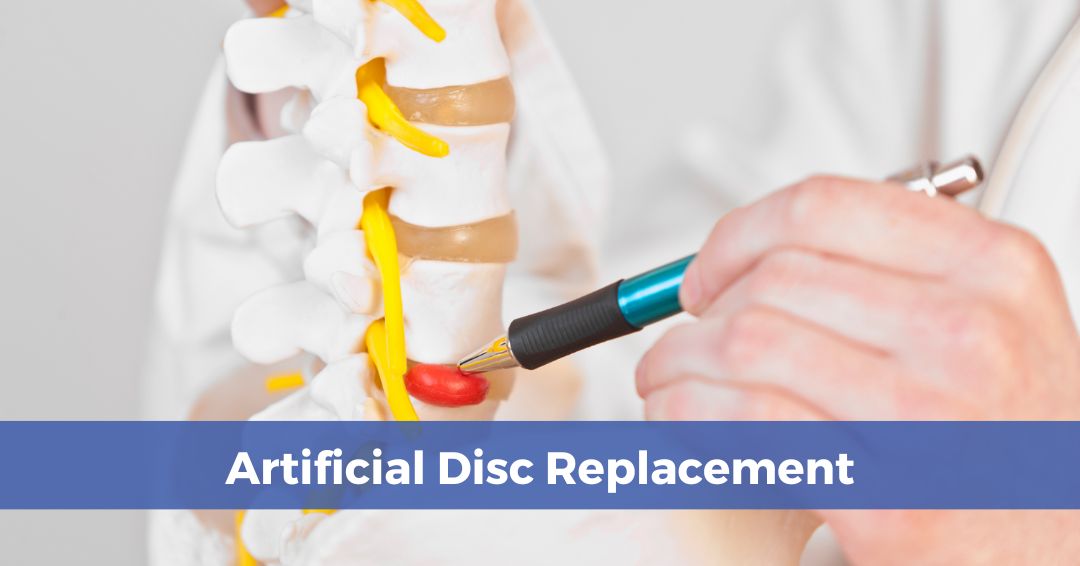Lumbar decompression surgery is a complicated procedure, and one that requires proper fusion of lumbar vertebrae. The addition of PEEK devices like spinal rods have greatly improved spinal fusion in patients, to the point where PEEK is considered a front line biomaterial for many spinal fusion procedures.
PEEK interbody cages are a popular choice for cervical fusion procedures, but for lumbar decompression surgery, PEEK rods are becoming more common. With a spinal rod made of PEEK, surgical teams can maintain stability at the implant site while also facilitating better fusion between implant and spine. The result is more reliable osseointegration.
Who requires lumbar decompression surgery?
Lumbar decompression is indicated in a number of people suffering from lower back pain. In most instances, more conservative treatments are sufficiently effective. However, there are several spinal conditions that can benefit greatly from lumbar decompression surgery, including:
- Degenerative disc disease (DDD) – DDD is a common disorder, affecting more than three million people in the U.S. every year. After decades of wear and tear, the support-providing intervertebral discs may deteriorate and begin failing. When this happens, the patient may experience lower back pain that may spread to the thighs and radiate outward. In some cases, the patient may be asymptomatic, or the pain may be minor enough for easy management.If DDD is causing debilitating complications, lumbar decompression can relieve pain and lumbar fusion can restore stability to the joint.
- Scoliosis – Specifically, people with adult scoliosis may get relief from lumbar decompression surgery. Adult scoliosis can be caused by a few things, including poor posture and muscle spasms. It can also be caused by spinal abnormalities or degenerative neurological conditions like muscular dystrophy.
- Spondylolysis – Spondylolysis is caused by a defect with the vertebral arch, and specifically the pars interarticularis. This condition is present in up to six percent of people, but the majority of those people are asymptomatic. If symptoms are present, they usually involve pain, which may radiate from the lower back into the legs or buttocks, and which may be intense enough to restrict daily activity.
There are millions of people living with these conditions, and though only a portion will require lumbar decompression surgery, that’s still a lot of people who will eventually receive a PEEK implant.
What are the benefits of PEEK lumbar rods?
PEEK has long been used in spinal fusion procedures as a fusion cage, with nearly 20 years of patient reports attesting to the polymer’s utility and safety. PEEK spinal rods have many compelling advantages that PEEK interbody cages have. They include:
- Ideal flexural modulus – This is what drove medical facilities to adopt PEEK cervical devices, as the polymer’s flexural modulus is similar to cortical bone’s. In short, PEEK bends and handles weight like cortical bone, which affords it a few critical advantages. For one, PEEK’s bone-like modulus means it behaves like bone in the body, which means it is predictable for surgical teams. More importantly, though, since PEEK reacts to physical forces like bone, it will not bear too much weight, instead sharing the load so that positive, bone-stimulating stresses remain.
- Radiolucency – In a spinal fusion context, PEEK’s other critical advantage is its pure radiolucency. In its natural, unfilled form, PEEK is radiolucent (invisible) on X-rays, CT scans and MRIs, giving surgical teams clear pictures to work with when assessing postoperative progress. With no visual interference, surgical teams can verify the implant’s position and successful osseointegration, and do so with greater accuracy. Complications can be caught sooner with greater image clarity, so PEEK’s radiolucency has helped it become an ideal option for spinal fusion.
- Durability – As a high-performance polymer, PEEK is an extremely durable material. It possesses strong tensile strength and fatigue strength, so it will maintain its physical integrity even after years of stretching and compressing.
- Machinability – PEEK medical devices are almost always machined, as this allows for tightest tolerances. This ensures a reliable implant, but PEEK’s machinability also makes it possible to manufacture a range of implant sizes and shapes to fit a variety of patients. Precise, computer-aided manufacturing (CAM) technology is also used to create implants that fit the patient perfectly, optimizing patient comfort and outcomes.
- Potential – PEEK’s medical potential has already been realized to a large extent, but there’s still more research and development to come with the material. There are plenty of reasons to be optimistic about PEEK’s future, as the newest generation of cervical interbody fusion implants exhibits superior osseointegration capabilities. It’s just one development in PEEK spinal devices, but it illustrates how much higher the ceiling is for PEEK in medicine.
Lumbar decompression surgery is an involved procedure, but with the introduction of PEEK lumbar rods, it has the potential to be safer and more effective than ever. That’s because PEEK is a natural fit for lumbar decompression and fusion procedures, with its ideal material properties and excellent biocompatibility.




